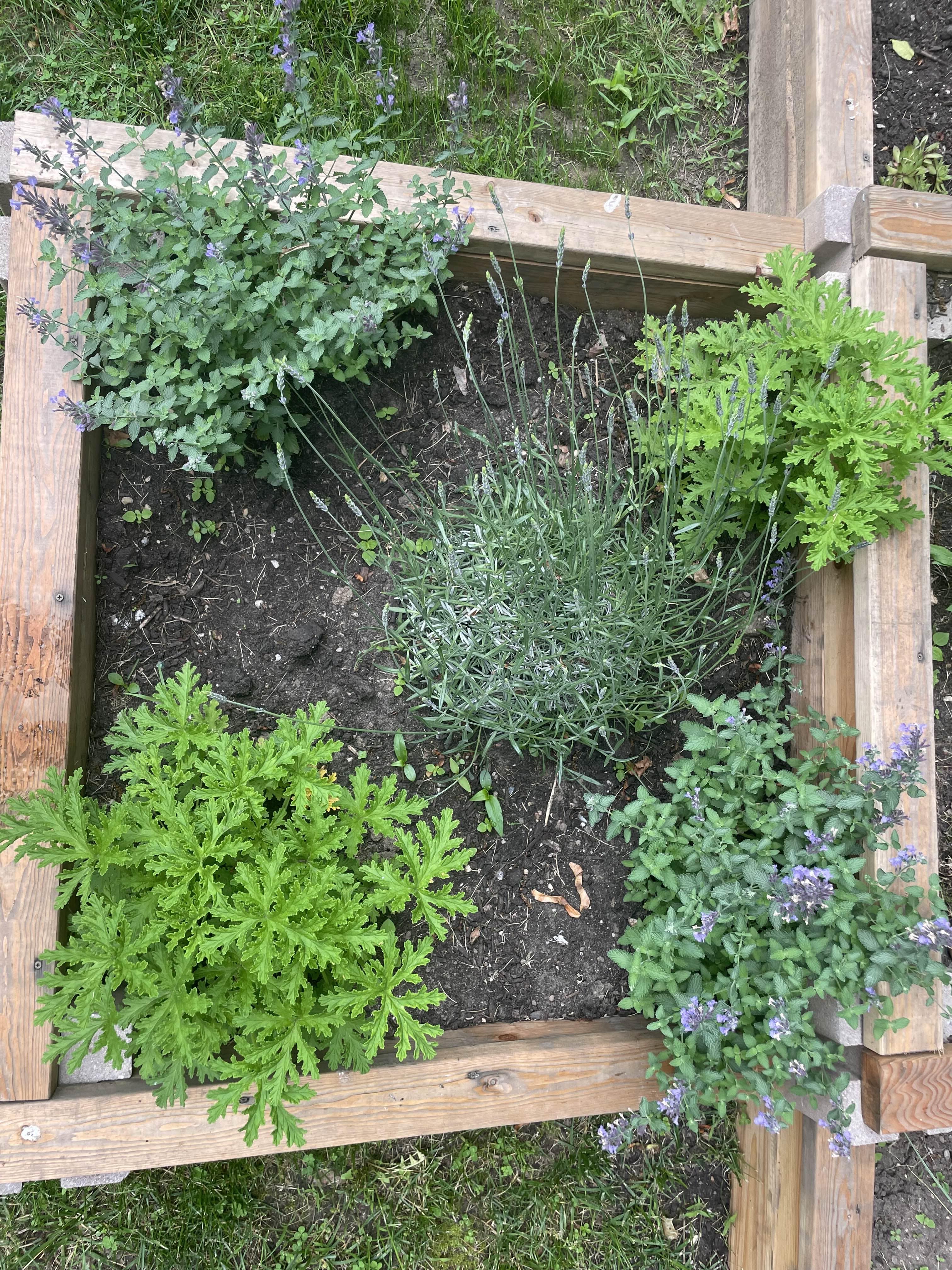
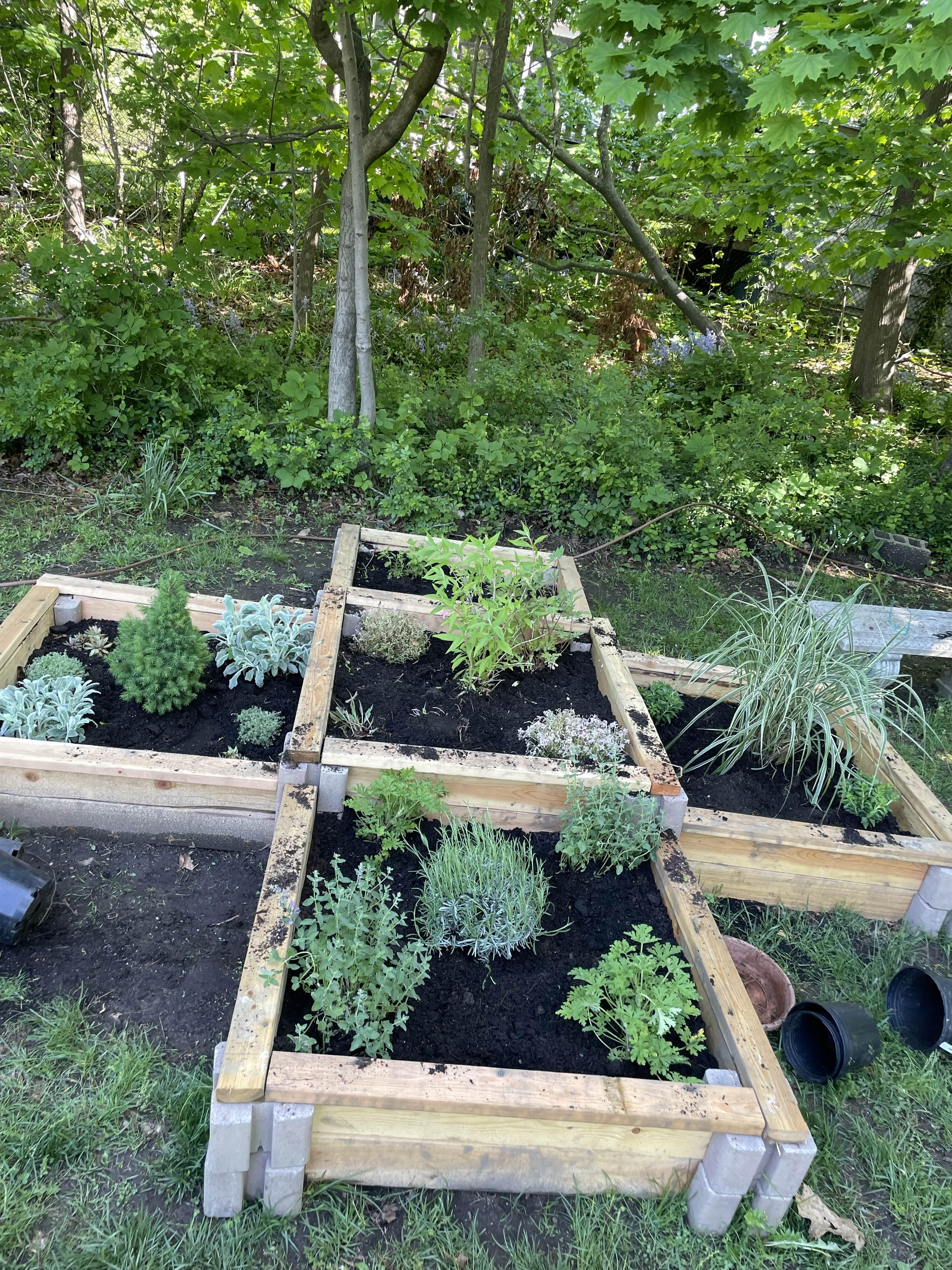
 What is a sensory garden
What is a sensory garden
A sensory garden is a garden designed
to engage and stimulate the 5 senses
sight, smell, sound, taste, and touch.


Sensory gardens provide significant benefits to the local community by creating inclusive outdoor spaces that encourage engagement through the five senses—sight, smell, sound, taste, and touch. These gardens support mental and physical health by offering opportunities for gentle exercise, relaxation, and sensory stimulation, which is especially beneficial for people of all ages and abilities, including children, elderly individuals, and those with disabilities. Sensory gardens enhance learning and sensory development, making them valuable tools in educational settings by fostering curiosity and exploration in a safe environment. Furthermore, they increase social interaction by providing communal spaces where individuals and groups can gather, interact, and build community bonds. The connection with nature promoted by sensory gardens has been shown to improve overall well-being by fostering a sense of peace, grounding, and belonging in a natural setting.
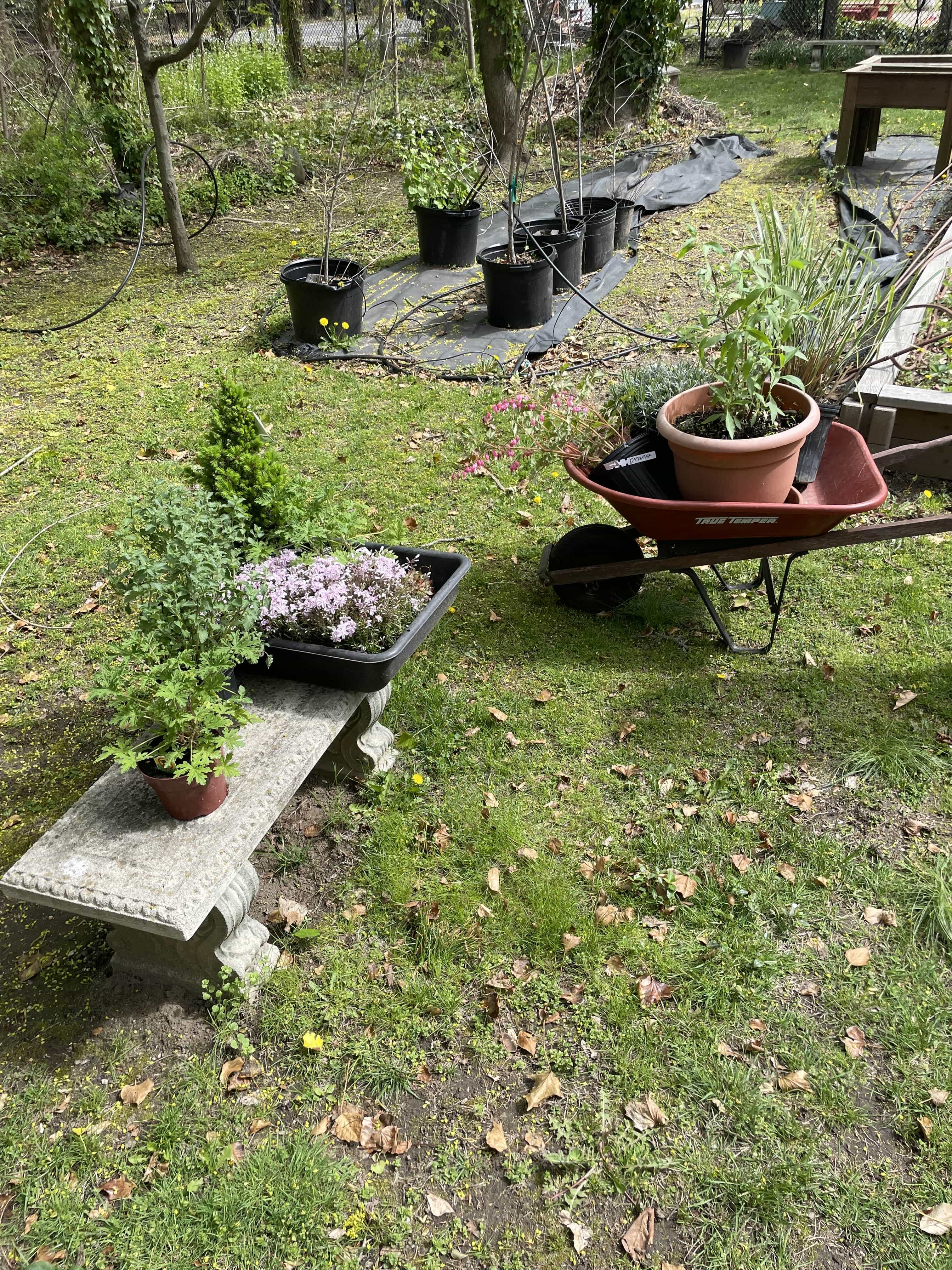
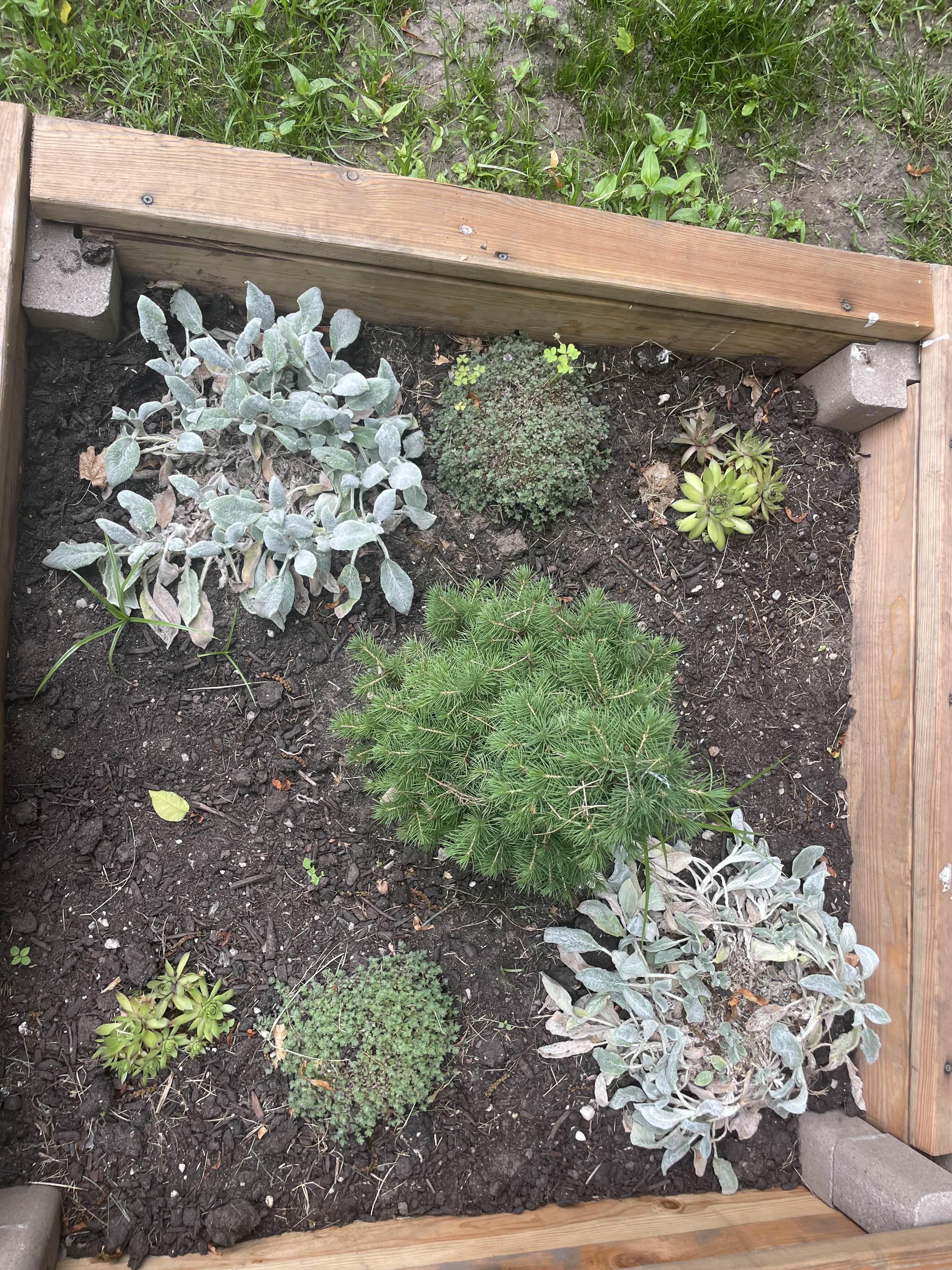
Spending time in a sensory garden can have profound positive effects on mental health. The calming atmosphere created by natural elements such as plants, water features, and gentle sounds helps reduce stress hormone levels like cortisol and lower blood pressure, promoting relaxation and emotional balance. These environments are particularly beneficial for people experiencing anxiety or depression, as nature exposure can elevate mood and foster feelings of happiness and well-being. For individuals with neurological conditions such as dementia, Alzheimer’s, or autism, sensory gardens offer gentle stimulation that can improve focus, trigger memory recall, and enhance emotional regulation. These gardens promote mindfulness—the practice of being present at the moment—which supports healing and mental restoration. Therapeutic gardens are increasingly integrated into healthcare and eldercare facilities due to their demonstrated ability to improve quality of life and cognitive function.
Pollinators and Sensory Gardens
Sensory gardens play an important ecological role by attracting and supporting pollinators, which are essential for healthy ecosystems and food production. These gardens provide diverse and abundant food sources such as nectar and pollen, as well as shelter and breeding habitats, creating a vibrant environment for many species. While butterflies are the most visible pollinators, sensory gardens also attract bees, wasps, bats, birds, moths, flies, beetles, aphids, and other beneficial insects. Depending on the local environment, some small mammals and reptiles like snakes may also visit or inhabit these spaces. The presence of native and pollinator-friendly plants in sensory gardens helps sustain pollinator populations, many of which are threatened by habitat loss, pesticides, and climate change. By supporting pollinators, sensory gardens contribute to biodiversity, ecosystem resilience, and the pollination of both wild and cultivated plants, making them valuable assets for both environmental conservation and community enjoyment.
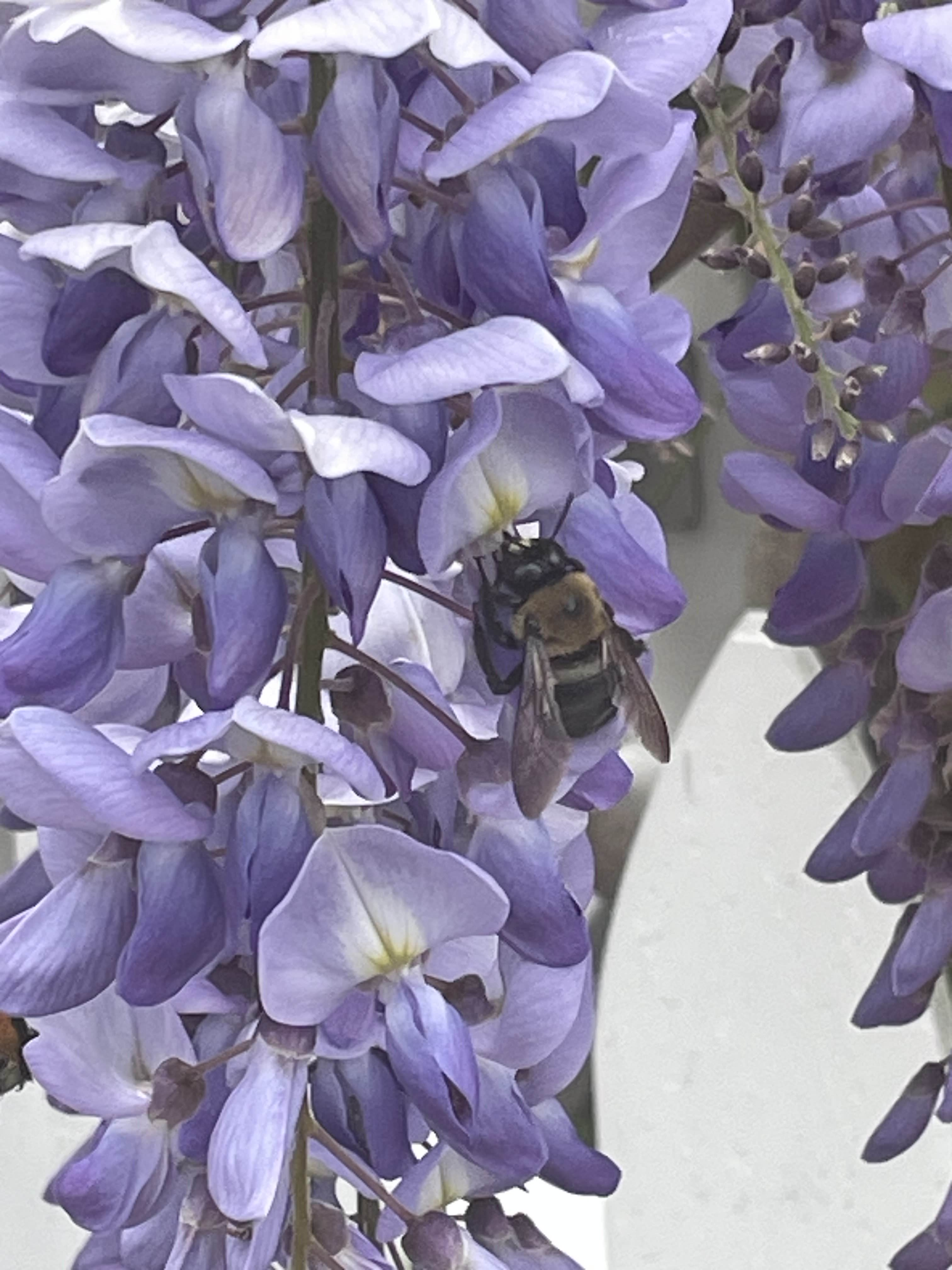
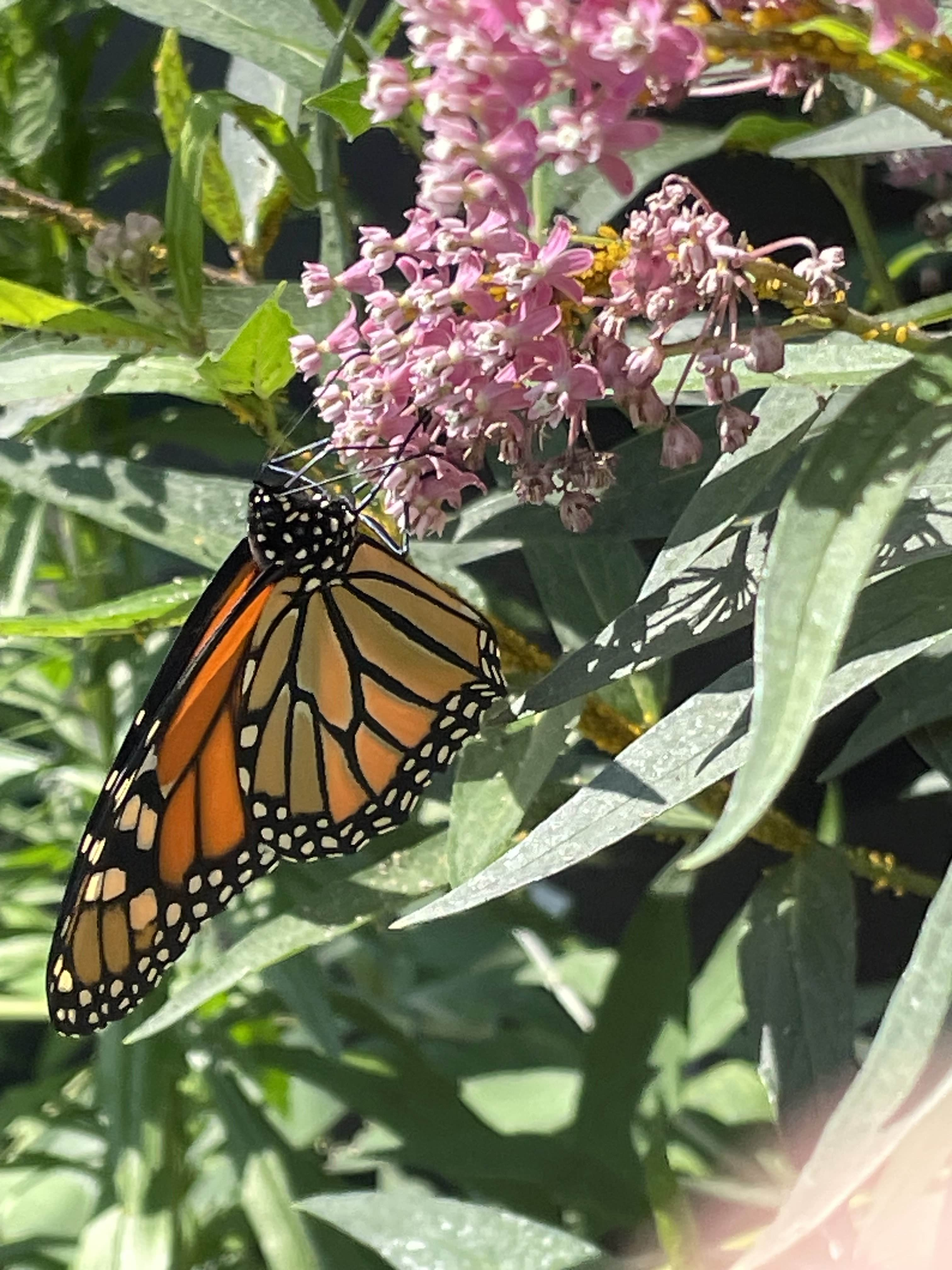

Pollinators play a vital role in maintaining healthy ecosystems and supporting global food production. About 75% of flowering plants and over 30% of the world’s food crops depend on animal pollinators such as bees, butterflies, birds, and bats. These creatures are essential for the reproduction of many plants, which in turn provide food and shelter for wildlife and help maintain biodiversity. Pollinators contribute to the production of fruits, vegetables, nuts, and seeds that are crucial for human nutrition and food security. However, pollinator populations worldwide are in decline due to habitat loss, pesticide exposure, disease, climate change, and pollution. Protecting pollinators is therefore critical not only to preserve natural ecosystems but also to sustain agricultural productivity and global food supplies. Incorporating native, pollinator-friendly plants into gardens supports these species by providing reliable nectar sources and habitat. Gardens that include coneflowers, butterfly bushes, and lemon balm help mitigate pollinator decline and foster biodiversity. Sensory gardens, in addition to benefiting human wellness, create safe spaces for pollinators, making them valuable tools for environmental conservation and community health.
PlantsIn a sensory pollinator garden, you can have many different types of plants or items to add to experiencing the 5 senses; however, in my garden, I primarily used plants correlating to the five senses to achieve the necessary qualification for a sensory garden. For sight, I have bright, colorful blooms like Coneflower, Butterfly Bush, Bleeding Heart, Candy Stripe Moss Phlox, and Milkweed that create striking visual appeal and attract pollinators such as bees, butterflies, and hummingbirds. These flowering plants provide seasonal interest and movement, adding beauty to the garden. Their varied shapes and colors keep the space visually dynamic not commonly seen in a typical garden. Lavender, Catmint, and Citronella are fragent plants that engage the sense of smell while drawing in a range of pollinators. Their essential oils also help deal with unwanted pests. These aromatic herbs contribute to a calming, immersive sensory experience and are especially effective in therapeutic gardens. In the touch bed, many tactile plants like Lamb’s Ear, Wooly Thyme, Hens and Chicks, and Dwarf White Spruce invite gentle interaction with their soft, fuzzy, or textural leaves. These plants are ideal for sensory gardens designed for children or individuals with cognitive disabilities, encouraging safe exploration through touch. For sound there is Maiden Grass which adds an auditory dimension to the garden, producing rustling sounds in the wind. Their swaying movement also contributes to the overall sensory richness and can have a calming effect similar to water features or chimes. While balloon flowers are both pretty to look at and add a sensory component when the flowers bloom they pop like a balloon adding a unique sound to a garden. Edible herbs like Mint, Lemon Balm, and Anise provide gentle, safe options for taste exploration. These plants double as attractive pollinator sources while also engaging the garden visitor’s sense of flavor, making them especially popular in educational or interactive spaces.
Fun Facts!